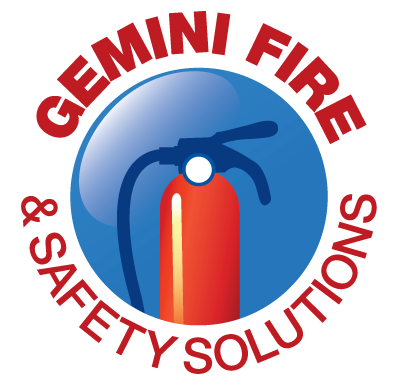Signage

The following information is provided for guidance only, and should not be used as a reference for legal requirements.
The signs below are coloured as for luminescent signs, which absorb light energy and glow in the dark.
TYPES OF ESCAPE ROUTE SIGN IN GENERAL USE:
 EEC Fire Signage
EEC Fire Signage
 British Standard Fire Signage
British Standard Fire Signage
There is confusion over which of the above designs is correct. The answer is that both are legal, however most authorities recommend the British Standard version as it is more widely understood, and was recently endorsed by the International Standards Organisation (ISO), for ISO 6309: Fire Protection - Safety Signs.
The signs depicted on this web site are of British Standard design, which Gemini Fire & Safety Solutions recommends.
Whichever design is chosen, it should be consistent throughout, a mixture of designs should not be used within the same premises.
A third design of sign is preferred by the NHS which is similar to the BS version, but includes flames. This sign is also well understood, and is quite acceptable.
ELEMENTS of ESCAPE ROUTE SIGNS:
Contact us about your Signage




MEANING of SIGNS:








USE of SUPPLEMENTARY TEXT - Every escape route sign should include supplementary text to assist in the understanding of the sign.
EXIT - Used to indicate the conventional route leading out of a building.
FIRE EXIT - Used to indicate an escape route provided specifically to be used in the event of an evacuation.
EXIT for emergency use only - Similar to FIRE EXIT, but should not be used close to FIRE EXIT signs. They should also be used instead of FIRE EXIT and STAFF ONLY or PRIVATE signs together, which could cause confusion.


INCORRECT

INCORRECT
CORRECT
SIZE of SIGNS:
"Signs should be sufficiently large and clear so that they can be easily seen and understood"
Safety signs and Signals Regulations 1996
Luminescent signs can be seen more easily than plain signs, and can therefore generally be smaller.
The following sizes are in mm, and are for guidance only. Sizes should be assessed on the above criteria in each individual case.





